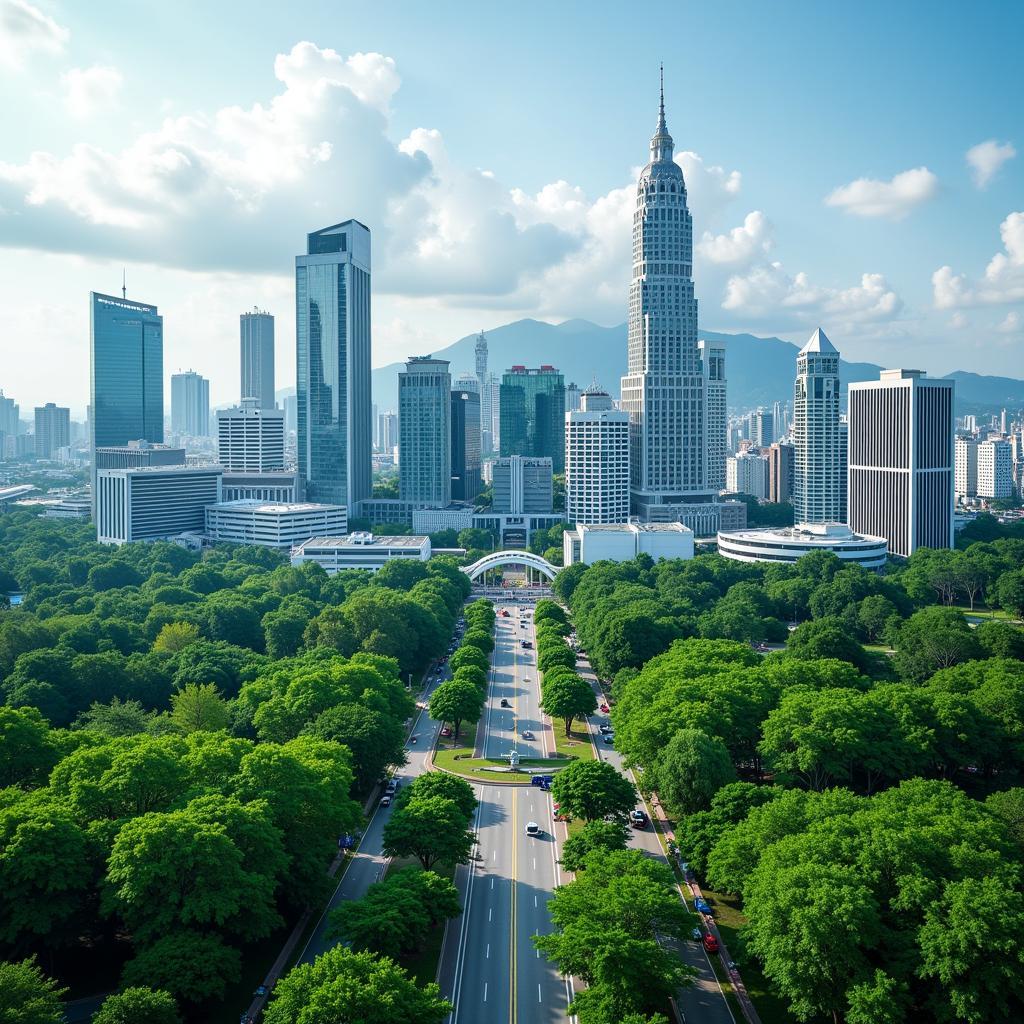The term “ASEAN 6” refers to the founding members of the Association of Southeast Asian Nations (ASEAN): Brunei Darussalam, Indonesia, Malaysia, the Philippines, Singapore, and Thailand. These six nations laid the groundwork for what has become a dynamic and influential regional bloc, shaping the economic and political landscape of Southeast Asia.
The Genesis of ASEAN 6
The story of ASEAN 6 began in a turbulent era. The Cold War cast a long shadow over Southeast Asia, and the region grappled with political tensions, economic instability, and the looming threat of communism. Recognizing the need for unity and cooperation, the leaders of the six founding nations came together in Bangkok, Thailand, on August 8, 1967, to sign the ASEAN Declaration.
This pivotal document outlined the shared aspirations of ASEAN 6: to accelerate economic growth, promote social progress, and foster peace and stability in the region. It established a framework for collaboration based on mutual respect, non-interference in internal affairs, and the peaceful settlement of disputes.
ASEAN 6: Engines of Economic Growth
From the outset, ASEAN 6 recognized the power of economic integration. These nations embarked on a journey to dismantle trade barriers, attract foreign investment, and create a more interconnected and prosperous Southeast Asia. Their efforts bore fruit, transforming the region into a global economic powerhouse.
ASEAN 6 implemented a range of initiatives to foster economic cooperation, including:
- AFTA (ASEAN Free Trade Area): This landmark agreement slashed tariffs and facilitated the freer flow of goods within the bloc.
- AIA (ASEAN Investment Area): This initiative aimed to create a more attractive and conducive environment for foreign direct investment.
- Various sectoral cooperation agreements: These pacts promoted collaboration in key areas such as agriculture, energy, and tourism.
Beyond Economics: A Shared Vision for ASEAN
While economic cooperation has been a cornerstone of ASEAN 6, their collaboration extends far beyond trade and investment. These nations understand that true regional integration requires addressing a wide array of shared challenges.
ASEAN 6 has been actively involved in initiatives to:
- Combat transnational crime: Recognizing the interconnected nature of security threats, ASEAN 6 established mechanisms to combat terrorism, drug trafficking, and other transnational crimes.
- Promote environmental sustainability: Facing shared environmental challenges, ASEAN 6 has been working together to address issues such as climate change, deforestation, and marine pollution.
- Enhance social and cultural cooperation: ASEAN 6 recognizes the importance of people-to-people connectivity and has implemented programs to promote cultural exchange, educational collaboration, and tourism.
The Legacy of ASEAN 6: A Foundation for the Future
The vision and leadership of ASEAN 6 have been instrumental in transforming Southeast Asia. Their commitment to dialogue, cooperation, and integration has created a more peaceful, prosperous, and interconnected region.
Today, ASEAN encompasses all ten Southeast Asian countries, and the bloc continues to play a vital role in shaping the regional and global landscape. As ASEAN celebrates its 56th anniversary in 2023, the legacy of ASEAN 6 serves as a powerful reminder of the transformative power of regional cooperation.
The journey of ASEAN 6 is far from over. They continue to navigate a complex and ever-changing world, facing new challenges and opportunities. However, their shared history, common values, and unwavering commitment to regional integration provide a solid foundation for the future.
FAQ
-
What does ASEAN stand for? ASEAN stands for the Association of Southeast Asian Nations.
-
When was ASEAN established? ASEAN was established on August 8, 1967.
-
Why was ASEAN formed? ASEAN was formed to promote regional peace and stability, accelerate economic growth, and foster social progress in Southeast Asia.
-
Who are the current members of ASEAN? ASEAN currently consists of ten member states: Brunei Darussalam, Cambodia, Indonesia, Laos, Malaysia, Myanmar, the Philippines, Singapore, Thailand, and Vietnam.
-
What are some of the key achievements of ASEAN? Some key achievements include the establishment of the ASEAN Free Trade Area (AFTA), the ASEAN Investment Area (AIA), and various mechanisms for political and security cooperation.
For more information about ASEAN, please visit the official ASEAN website or explore other articles on our website.
Need assistance? Contact us at:
Phone: +84 369020373
Email: aseanmediadirectory@gmail.com
Address: Thon Ngoc Lien, Hiep Hoa, Bac Giang, Vietnam
Our customer support team is available 24/7 to assist you.

